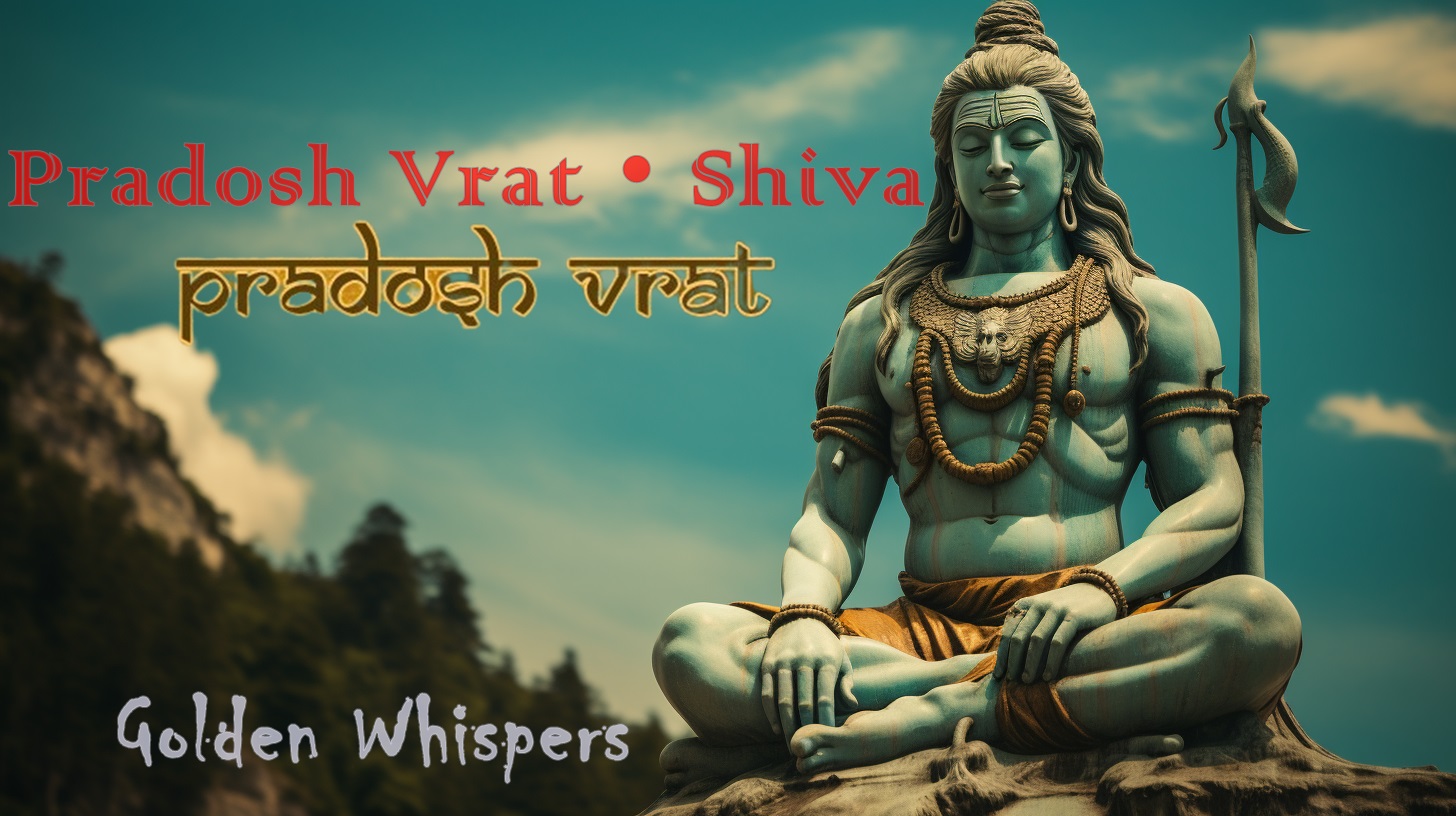Hindus celebrate their new year with the festival of “Pradosh” in India, a country rich in cultural diversity. Many devout Hindus consider this to be one of the most significant fasts (vrat). On this day, they abstain from food and drink and celebrate the Vrat with great fervour. Pradosh is a penance performed in the hopes of achieving wellness, tranquilly, and freedom (Moksha). When you hear the word “pradosh,” you may think of the early hours of the night. This frightened vrat is hence known as “Pradosh Vrat” and is witnessed at the time of twilight in the evening (Sandhyakaal). It is believed that on this festival, Lord Shiva and his Consort will grant the wishes of their devoted followers, as described in the Divine Scripture known as the “Shiva Purana.” The 13th day (tithi) of the lunar month is traditionally set aside for the vrat. The Shani Pradosh (when a Pradosh occurs on a Saturday) and the Soma Pradosh (when a Pradosh occurs on a Monday) are the two most significant Pradosh. The legend of Lord Shiva is told in detail in Skanda Purana, the longest and most comprehensive of the Puranas. Pradosh vrat commemorates His heroic act of saving the universe by ingesting poison that had surfaced in the ocean. According to a legend from the Skanda Purana, the demigods (representing divinity) and the Asuras (representing evil) conducted the Samudra Manthan together under the supervision of Lord Vishnu long before the Satya Yuga. In order to retrieve the ambrosia and devour it to become immortal, they churned the cosmic ocean using the largest serpent Vasuki as the rope. And the first thing to emerge out of the stirring of the sea was the poisonous Halahala. The poison that rose from the ocean floor was so deadly that it threatened to destroy the entire universe. Therefore, neither the good nor the bad thoughts stepped up to lay claim to it. To save the world and all its inhabitants, Lord Shiva drank the Halahala. Lord Shiva drank the last of the poison on the day that is now known as Pradosh. Fasting and worshipping Lord Shiva on Pradosh is seen to be the best way to atone for one’s sins and gain eternal freedom (moksha) in the afterlife. The significance of pradosh fasting is eloquently described in the Skanda Purana To appease Mahadev (the Supreme Deity), all one needs to do is pay a visit to a Shiva temple and light a single lamp during the Pradosh Kaal. Chanting the Maha Mrityunjaya mantra 108 times inside a shrine of Lord Shiva and Parvati calms the mind and helps with spiritual upliftment and the fulfilment of one’s desires. Those who fast on this auspicious day with devotion and faith are guaranteed to have contentment, health, and wealth. When pradosha vrat occur during the week, the Shiva Chalisa provides the following explanation of their significance and benefits: When Monday is Som Pradosh, the devotee is blessed with good health and all of his or her wishes come true. If you follow a fast on Wednesday during Pradosh, your wishes will be granted, and if you observe a fast on Tuesday during Bhaum Pradosh, you will be cured of numerous diseases and blessed with a long life. If you’re a devotee, and Guru Pradosh happens to occur on a Thursday, you’ll have an easier time warding off your foes and living in peace. When Bhrigu Vaara Pradosh occurs on a Friday, it aids in purging one’s life of any lingering bad vibes. • Shani Pradosh, which occurs on a Saturday, is considered the most auspicious, and fasting on this day is thought to bestow blessings like a long and happy marriage and children to childless parents through Shiva’s and Parvati’s favour. When Sunday is Bhanu Vaara Pradosha, you might expect to make tremendous strides in your life. People around the world associate today’s holiday with prosperity, joy, and good fortune. Today is the holiest day to worship Lord Shiva and his consort, Goddess Parvati, at their temple. Lord Shiva and Parvati are the first to be appeased in the puja’s prayers and chants. Devotees meditate before a Shivalinga and worship it by lighting a Diya (lamp) with purified buttu and reciting the Maha Mrityunjaya mantra 108 times. There are two different methods to fast on this holy day according to the Hindu calendar and beliefs. Devotees begin the day with a morning wash because the celebration begins at sunrise and continues till the next morning. They also refrain from eating or drinking from sunrise to sunset. The only acceptable method of breaking the fast is with a hot shower and a plate of freshly prepared food first thing in the morning. For another branch of the clan, pradosh is the evening time around sunset, therefore they fast from sunrise to sunset. Generally speaking, pradosh time begins 90 minutes before sunset and continues for another 60 minutes after dark. Devotees fast from sunrise till after the evening’s puja and aarti are over on this holy day. After a pre-sunset bath, they spend the evening at a Lord Shiva shrine. After finishing their temple ceremonies for the day, these devotees go on a nighttime fast with a very limited and light meal. It is said to give the holder of the vrat renewed vitality and power. Followers of the Hindu faith and worshippers of Lord Shiva and Goddess Parvati mark the day of Pradosh with enthusiasm and devotion. An integral aspect of this practise is the nightly fast (sandhyakaal), during which time devotees pray and repeat mantras. On this day, Lord Shiva and His wife are in such a good mood that they grant all of the wishes of their devotees. Fasting on this day is said to bring good fortune and open the path to liberation (Moksha) for a devotee, as described in the Hindu scriptures and Puranas.
Welcome to the Golden Whispers, where inspiring whispers weave together knowledge and enlightenment. Enter the world of Spirituality as we present to you a beautiful selection of tales and teachings that elevate, inspire, and offer significant insights. Get ready to go on a transforming trip as you learn the value of mindfulness, introspection, and living in the present. Our compelling "Whispers" will take you to a place of profound simplicity and introspection and provide you with a new perspective on the timeless Truths of life.

